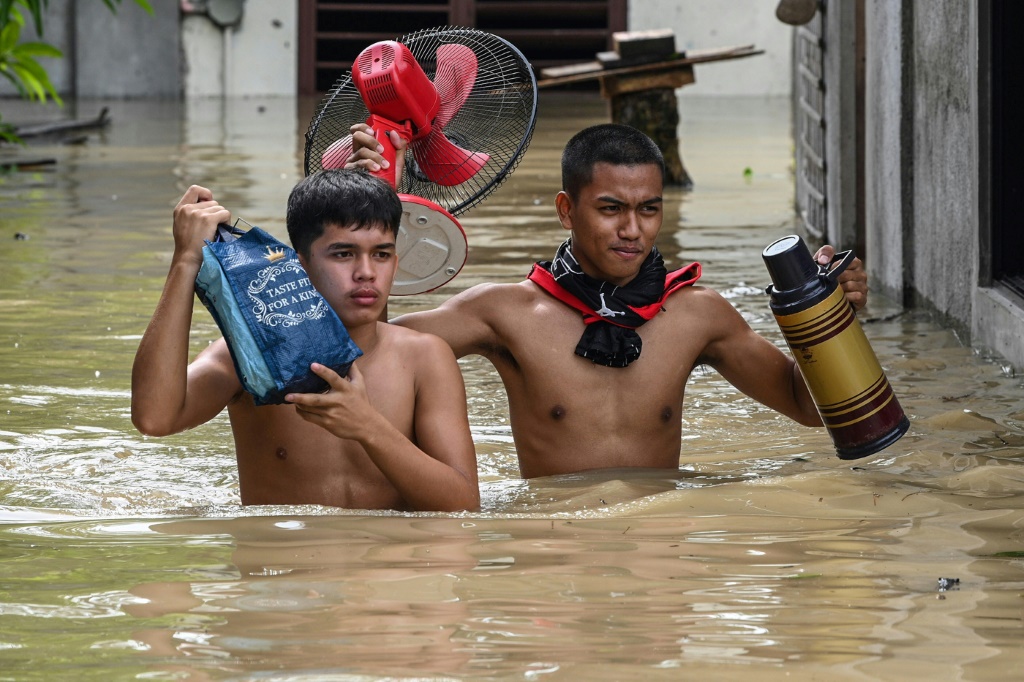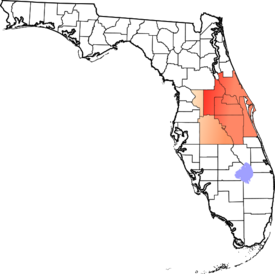
Five rescuers killed in typhoon in Philippines

Five rescuers were killed in the Philippines after being dispatched to a flooded community during a powerful typhoon, authorities said Monday, the first confirmed casualties from the strongest storm to hit the country this year.
The typhoon unleashed heavy rain and fierce winds as it swept across the main island of Luzon on Sunday and Monday, downing trees and inundating low-lying communities.
So far there have been no reports of large-scale serious damage.
The five rescuers were in the municipality of San Miguel in the province of Bulacan, near the capital Manila, when they died.
“They were dispatched by the provincial government to a flooded area,” said Lt. Col. Romualdo Andres, San Miguel Police Chief.
Andres said rescuers were wading through floodwater when a wall collapsed next to them, sending them into the fast current.
Storms regularly batter the Philippines, with scientists warning they will intensify as the world warms due to climate change.
Super Typhoon Noru slammed into the archipelagic nation on Sunday after an unprecedented “explosive intensification” in wind speeds, the state weather forecaster previously said.
It made landfall about 100 kilometers northeast of the densely populated capital Manila before weakening into a typhoon as it crossed a mountain range, coconut plantations and paddy fields.
Nearly 75,000 people were evacuated from their homes before the storm hit, as the meteorological agency warned heavy rain could cause “serious flooding” in vulnerable areas, triggering landslides and destroying crops.
But as of Monday morning there were no signs of the widespread devastation many had feared.
“We were prepared for all of this,” President Ferdinand Marcos Jr. said at a briefing with civil protection agencies.
“You might think we overdid it. There is no overkill when it comes to disasters.”
The community of Burdeos in the Polillo Islands, part of Quezon Province, bore the brunt of Noru when it made landfall.
Fierce winds ripped off some roofs and downed large trees, while heavy rain flooded riverside houses, said Ervin Calleja, a 49-year-old teacher.
“It was really worrying,” Calleja told AFP via cellphone.
“The wind was howling and it was raining heavily. That’s the more dangerous part.”
Despite the typhoon’s full force, authorities said it passed quickly and there had been no reports of major damage to homes. But some crops were destroyed.
“Here in the city center, all the banana trees have been cut down 100 percent,” said Liezel Calusin, a member of the Polillo Municipality Civil Protection team.
“We still have no electricity, but the phones are working.”
In the village of Banaba near Manila, Terrence Reyes fled his riverfront home with his family and neighbors during the storm as flood waters rose.
When they returned home Monday, they found their belongings caked in mud.
“We’ve just got to throw them out and start fresh,” said Reyes, 25.
“It happens every time there’s a storm here.”
The Philippines — which is among the countries most affected by the effects of climate change — is hit by an average of 20 storms each year.

